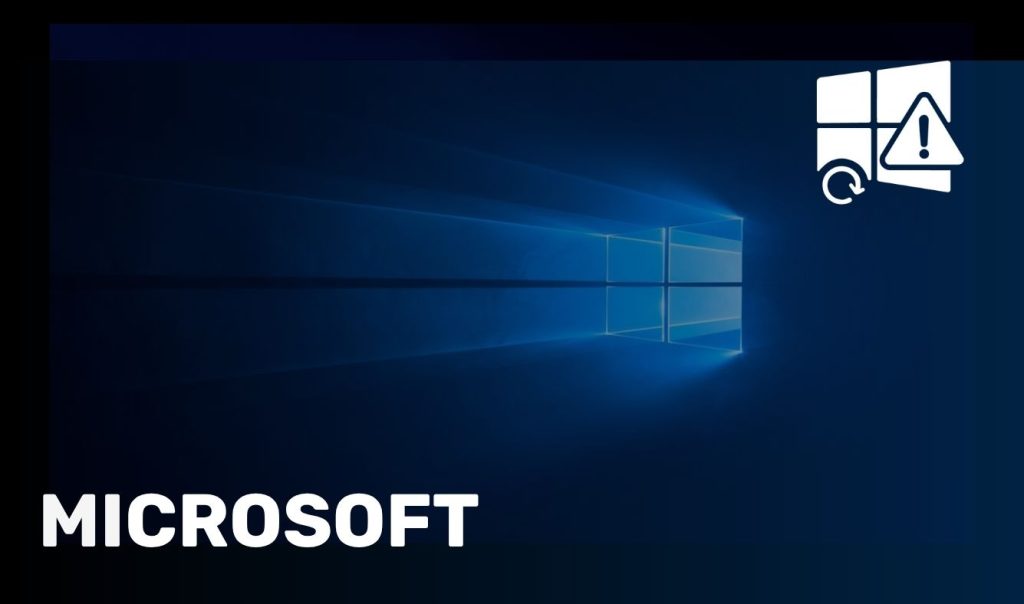Technology is at the core of modern business operations, making IT support essential for ensuring smooth workflows and preventing costly disruptions. However, IT systems are not immune to problems, and even minor issues can snowball into significant challenges if not addressed properly. Understanding the most common IT support issues and knowing how to resolve them can save businesses time, money, and frustration.
In this comprehensive guide, Creative Networks explore the 10 most common IT support issues and provide actionable solutions to fix them effectively.

1. Slow Performance of Computers and Networks
The Issue:
One of the most frequent complaints businesses face is slow computer and network performance. This can be caused by various factors such as outdated hardware, insufficient memory (RAM), software conflicts, malware, or an overloaded network.
How to Fix It:
- Upgrade Hardware: Ensure that your computers have enough memory and processing power for the tasks being performed. Consider upgrading the hardware if the systems are outdated.
- Optimise Software: Uninstall unnecessary programs and disable startup applications that can slow down performance.
- Check for Malware: Run regular virus and malware scans to identify and remove harmful programs that can slow down your systems.
- Network Optimisation: Monitor network traffic to identify bottlenecks and upgrade network equipment if necessary. Implement Quality of Service (QoS) protocols to prioritize essential traffic.
2. Password-Related Issues
The Issue:
Password-related problems are among the most common IT support requests. Employees may forget their passwords, get locked out of systems, or struggle with complex password policies.
How to Fix It:
- Implement a Password Manager: Use a password manager to store and generate secure passwords for employees, reducing the likelihood of forgotten or weak passwords.
- Enable Multi-Factor Authentication (MFA): Add an extra layer of security with MFA, which requires users to verify their identity through multiple methods.
- Regular Password Resets: Encourage regular password updates and implement automated reset protocols to help prevent lockouts and security breaches.
3. Software Compatibility Issues
The Issue:
Incompatibility between different software applications can cause issues, from crashes to performance degradation, especially when businesses run legacy software alongside modern applications.
How to Fix It:
- Keep Software Updated: Ensure that all software is regularly updated to the latest versions to maintain compatibility with operating systems and other applications.
- Test Before Installing: Before rolling out new software, test it for compatibility with existing systems. This can prevent potential conflicts.
- Virtualisation: For legacy software that is incompatible with modern systems, use virtualization to run the older software in a compatible environment.
4. Internet Connectivity Issues
The Issue:
Slow or intermittent internet connections can disrupt daily operations, affecting everything from email communications to cloud-based applications.
How to Fix It:
- Check Network Equipment: Ensure that routers, switches, and modems are functioning properly and not outdated. Replace old or malfunctioning hardware as necessary.
- Monitor Bandwidth Usage: High traffic on the network can slow down connections. Implement bandwidth management to ensure that critical applications have sufficient resources.
- ISP Issues: If your internet connection issues persist, contact your Internet Service Provider (ISP) to check for outages or bandwidth throttling.
5. Data Loss and Backup Failures
The Issue:
Data loss due to hardware failure, accidental deletion, or malware attacks is a nightmare for businesses. Regular backup failures exacerbate this problem, leaving organisations without a reliable recovery option.
How to Fix It:
- Automate Backups: Use automated backup solutions to ensure data is regularly and consistently backed up without manual intervention.
- Cloud Backup: Implement cloud-based backups for secure and off-site data storage, reducing the risk of losing data due to on-premise hardware failures.
- Test Recovery Plans: Regularly test backup and recovery plans to ensure that data can be restored quickly and effectively in the event of data loss.
6. Cloud Computing Issues
The Issue:
As businesses increasingly migrate to cloud-based solutions, they often face challenges related to cloud resource management, security, and performance.
How to Fix It:
- Monitor Cloud Usage: Use cloud monitoring tools to track usage and optimise resources for performance and cost efficiency.
- Secure Cloud Data: Implement strong access controls, encryption, and regular security assessments to protect data stored in the cloud.
- Optimise Configuration: Ensure cloud services are correctly configured to prevent slowdowns or errors that can disrupt operations.
7. Email Issues
The Issue:
Problems with email can range from being unable to send or receive messages to excessive spam filtering. Email communication is vital to most businesses, so resolving these issues quickly is a priority.
How to Fix It:
- Configure Email Clients Properly: Ensure that email clients are correctly configured with the proper SMTP/IMAP/POP3 settings.
- Spam Filters: Adjust spam filter settings to ensure that important emails aren’t marked as junk. Implement reliable anti-spam solutions to filter out actual spam.
- Check Server Status: If email issues persist, check the status of your email server or contact your email provider for support.
8. Security Breaches and Malware Attacks
The Issue:
Security breaches and malware attacks can severely impact a business by compromising sensitive data and disrupting operations.
How to Fix It:
- Install Security Software: Use antivirus and anti-malware software to protect against security threats. Ensure it is updated regularly.
- Employee Training: Educate employees on cybersecurity best practices, such as recognising phishing attempts and using strong passwords.
- Regular Security Audits: Perform regular security audits to identify and address vulnerabilities in your systems.
9. Outdated Hardware
The Issue:
As technology advances, outdated hardware can become slow, incompatible, and prone to failure. Continuing to rely on old systems can significantly impact business productivity.
How to Fix It:
- Regular Hardware Upgrades: Set a schedule for upgrading or replacing hardware, such as computers, servers, and networking equipment, before it becomes outdated.
- Leverage Cloud Computing: Consider moving to cloud-based solutions that allow for scalability without needing constant hardware upgrades.
10. Poor IT Support Response Times
The Issue:
Slow response times from your IT support team can lead to extended downtime, frustration, and loss of productivity for your employees.
How to Fix It:
- Proactive IT Support: Partner with an IT support provider that offers proactive monitoring and management, which can help resolve issues before they escalate.
- 24/7 Support: Ensure your IT support provider offers round-the-clock service to address critical issues anytime they arise.
- Clear Communication: Establish clear communication channels and protocols for reporting issues to ensure that your IT support team can respond quickly and effectively.
Contact Creative Networks Today
Dealing with IT support issues is inevitable, but with the right strategies and solutions in place, these problems can be resolved quickly and efficiently. By staying proactive—updating software, securing systems, and maintaining a solid IT infrastructure—businesses can prevent many common issues from escalating into major disruptions.
At Creative Networks, we specialise in providing comprehensive IT support to help businesses tackle these challenges head-on. From managing slow networks to securing your systems against cyber threats, we’ve got you covered.
Contact us today to learn more about how we can provide the IT support your business needs to thrive without disruptions.




